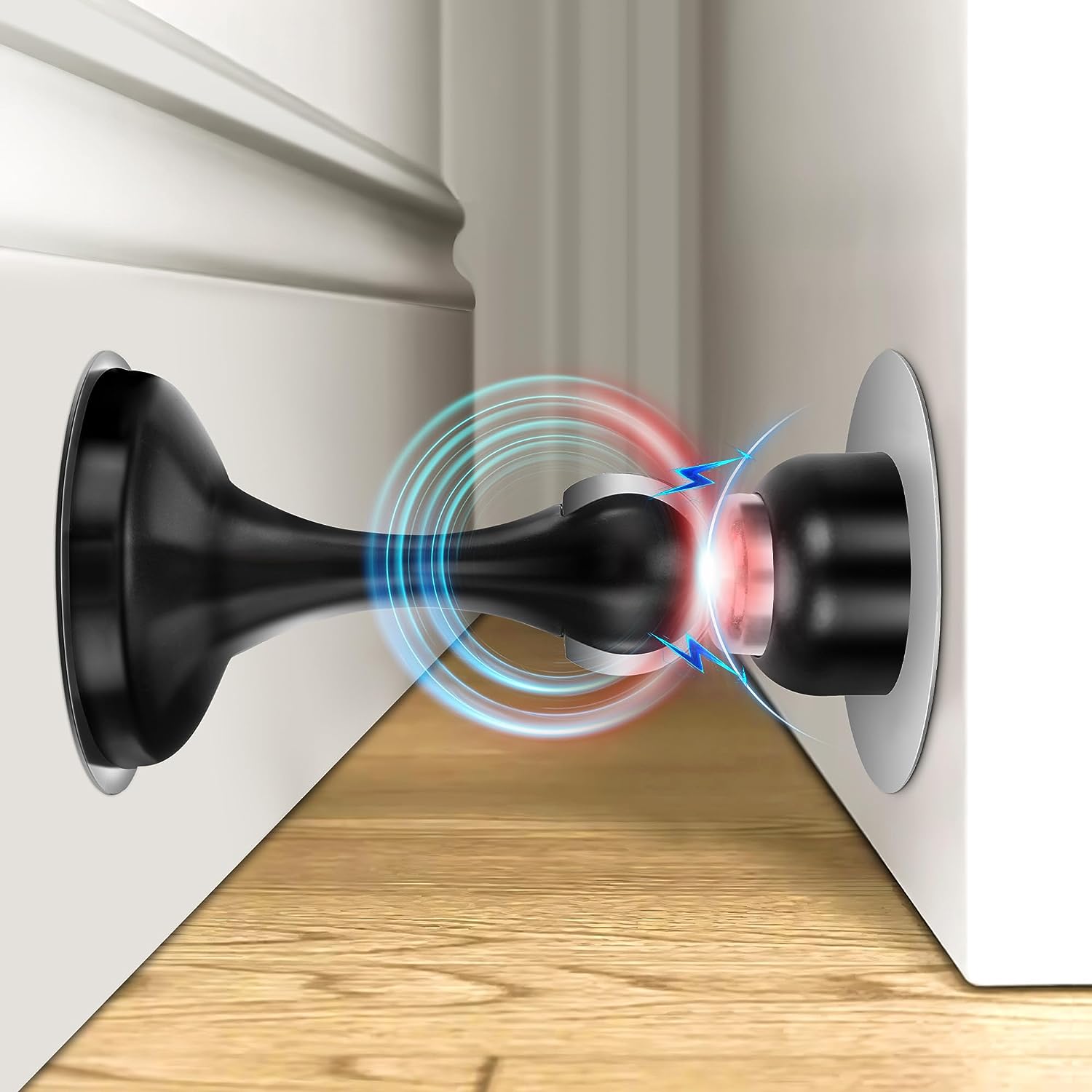Part 1: Introduction
Emergency situations in world places, such as fires, natural disasters, or terrorist attacks, require efficient and safe evacuation procedures. Door stoppers, as crucial components of doors, play a substantial role in undefined evacuation and passage design. This clause aims to search the importance of door stoppers in emergency situations and talk over the design considerations for effective emergency evacuation.

Part 2: Importance of Stoppers in Emergency Evacuation
2.1 Ensuring condom Evacuation Routes: During emergency evacuations, it is requisite to have clear and open pathways for people to exit the building chop-chop and safely. Door stoppers prevent doors from shutting or slamming shut, allowing individuals to pass through doors without obstruction. They ensure that undefined routes remain open and accessible.
2.2 Controlling Smoke and open fire Spread: In the event of a fire, undefined stoppers play a vital role in preventing the spread of smoke and flames to strange areas of the building. By keeping fire doors open, door stoppers facilitate the ventilation system of smoke and aid in the containment of fire, allowing populate to evacuate safely.
2.3 Enhancing Emergency Response: Undefined stoppers contribute to effective emergency response by providing soft get at for first responders and emergency personnel. By retention doors open, door stoppers undefined rapid entry and facilitate the undefined of individuals who whitethorn require assistance, such as the elderly or people with disabilities.
Part 3: Design Considerations for Emergency Evacuation
3.1 Anti-Panic Design: Door stoppers in populace places should be designed to withstand panic situations and high-volume evacuation scenarios. The plan should ensure that the undefined stopper remains unimpaired and usefulness even under pressure or when people rush through and through the doors in a state of panic.
3.2 Automatic Door unfreeze Mechanism: To turn to situations where power unsuccessful person or system malfunctions occur, door stoppers put up be equipped with an automatic free mechanism. This mechanism allows the doors to undefined automatically and securely during emergencies, ensuring that doors do not remain spread and hinder evacuation efforts.
3.3 Clear Signage and Emergency Instructions: Door stoppers should be attended by clear signage and undefined instructions, indicating their purpose and functionality. These instructions should be easily visible and comprehensible to guide individuals during emergency evacuations.
3.4 Integration with Emergency Systems: Door stoppers tin be organic with building-wide undefined systems, such as fire alarm systems or emergency light systems. This integrating enables coordinated actions, where door stoppers can mechanically release, open fire doors can close, and emergency light can steer the evacuation process.
Part 4: Role of Door Stoppers in Emergency Preparedness
Door stoppers play a crucial purpose in emergency preparedness, ensuring the refuge and efficiency of undefined procedures in public places. By facilitating patent undefined routes, controlling smoke and fire spread, and enhancing undefined response, door stoppers contribute to saving lives during indispensable situations. It is essential for architects, edifice designers, and readiness managers to consider the effective internalization of door stoppers in emergency undefined plans and to control regular maintenance and examination of these devices.
In conclusion, undefined stoppers are integral components of undefined evacuation and passage plan in public places. They contribute to safe evacuation routes, control the spread of smoke and fire, and enhance undefined response. plan considerations so much as anti-panic design, automatic release mechanisms, undefined signage, and desegregation with emergency systems are necessity for ensuring competent and effective undefined evacuations. By recognizing the importance of door stoppers in emergency preparedness, society put up better protect and safe-conduct the lives of individuals in public places.